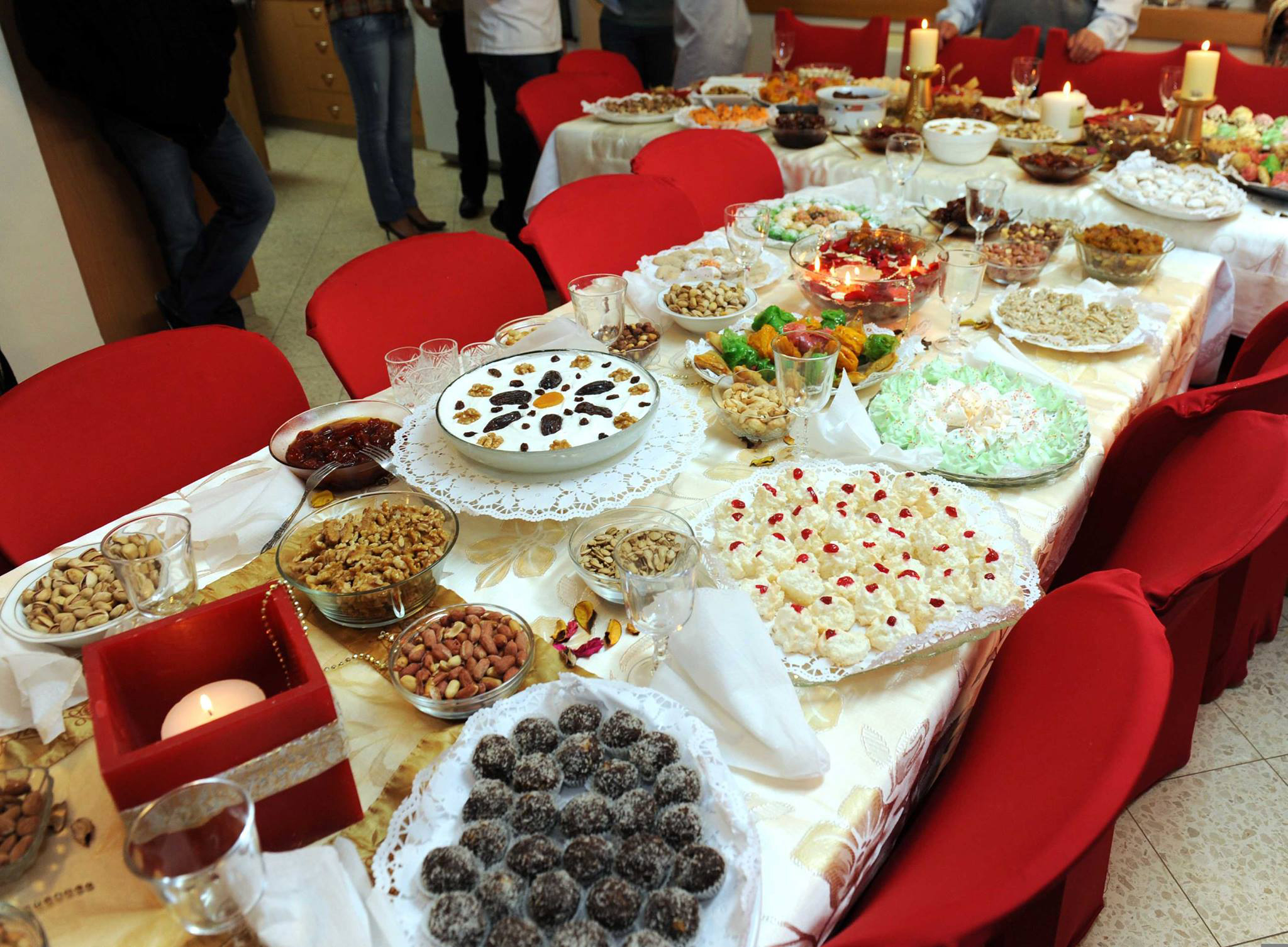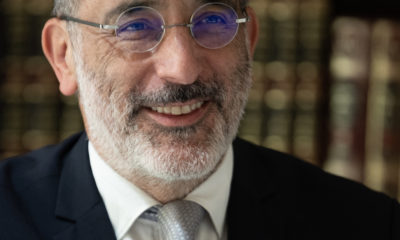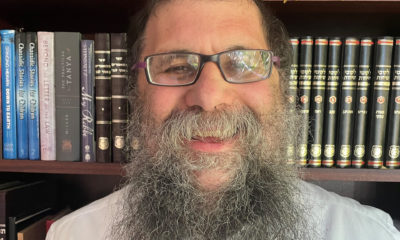
Lifestyle/Community

Mimouna maxes out the blessings
Mimouna is a Jewish North African, particularly Moroccan, exuberant celebration which begins about two hours after the conclusion of Pesach. It’s a feast which is colourful, exotic, and rich in tradition. It’s celebrated all over the world wherever there are Moroccan Jews or Jews of Moroccan descent, including the United States, South Africa, and Israel. It’s also celebrated by some Ashkenazim who do so primarily out of interest in it as a cultural phenomenon and in Israel, it has spread into mainstream culture from private parties to big communal celebrations.
Its origins are unclear, but it’s thought to be a commemoration of the death of Maimonides’ father, Rabbi Maimon ben Yosef (the great Jewish philosopher who was an important figure in Moroccan Jewish life and wrote and worked on Jewish-Muslim relations). He’s believed to be born or have died on this day. In fact, it’s said that Mimouna has Arabic connections, both in the actual word “Mimouna” and, according to Rabbi Ari Enkin, in the tradition that Muslims would join the celebrations of their Jewish neighbours in Morocco and even supplied the flour used for the specialities of the feast as many Jews had no flour in their homes after Pesach. Mimouna is therefore symbolic of brotherhood and tolerance. In Morocco it also marked the beginning of spring, and thus is also thought to be symbolic of prosperity, fertility, and joy. Others connect it further to the word “emunah” (belief) in the coming of the Messiah.
The atmosphere is festive, and celebrated with family and friends. It’s usually an open-house celebration, filled with colourful foods such as oranges, dates, nuts, raw honey, and mazum which includes six different kinds of jam (that of an etrog, green grape, brinjal, carrots, and others) all of which, according to Gila Elmaleh of Glenhazel, show richness. There are also cookies and petit fours with “coconut, peanuts, and sesame” and brandy and chocolate balls. Other sweetmeats also sometimes served include zaben (white almond nougat), and marozia (fried raisins decorated with nuts) and stuffed dates. According to Elmaleh, there’s alcohol and Moroccan music playing softly in the background. “We try to please everyone”, she says, so there’s also music which the younger generation enjoys. Akiva Glickman of Moshav Aderet in Israel, which is primarily Moroccan, says there are also “fried cakes and desserts”. Glickman says the flour used is often from kitniyot flour which the Moroccans use over Pesach. On Elmaleh’s Mimouna table, there were “fish on green leaves and gold rings placed on the table to symbolise wealth and prosperity. There was also mint tea served in a big bronze teapot.”
The central food of the Mimouna feast is the moufletta, which is like a thin pancake or crepe (which is nearly see through) made from flour, water, yeast, and oil. It’s cooked on a greased pan until golden. It’s usually served with honey or jam, and sometimes butter. According to Claudia Rodin’s The Book of Jewish Food, the moufletta is accompanied by milk, which symbolises abundance, sweetness, happiness, and Israel, the land of milk and honey. Eating moufletta, she says, “is believed to bring good luck”. According to Hodaya Hurwitz (Vaknin) in 2015, the Sephardic community celebrated Mimouna at a resort, and her grandmother and aunt made more than 20kg of Moufletta that year.
Because so much preparation goes into presenting all this food within two hours of the end of Pesach, each member of the family is given a job to do. Hurwitz says that her task when she was younger was to “set the table and explain to the new guests some of the symbolism behind the things on the table. I always made sure to invite as many of my South African friends as possible to expose them to what I always felt was one of the most beautiful and powerful nights of the year.” Before her grandparents made aliya, their Mimouna celebrations took place in Yeoville, Bellevue, Kew, and Highlands North. Now the celebration has moved to her parent’s house in Glenhazel.
Elmaleh said when her parents lived in South Africa, her father would sit at the head of the table in the traditional white gown, called the jalabiya, with a purple hat called the tarboosh which is usually a red cap shaped like a flat topped cone with a tassel which hangs from the crown, and mustard or white shoes called babouche, which are flat Moroccan slippers. Her mother wore a traditional kaftan with a gold belt. Guests, according to Glickman, aren’t expected to wear traditional dress and usually dress casually (but respectfully).
Hurwitz says her Sephardi grandfather would bless everyone. “It was a traditional blessing called ‘Tirbechu ve tisadu’ informally translated as ‘You should be blessed and successful’. Each person would get their moufletta and a specific brocha for what they needed in their lives ‘for example parnosa [financial sustenance], children, marriage’, and so forth.” Her grandfather would tightly hold the hands of the person he was blessing. This, says Hurwitz, created a mystical and powerful atmosphere. It felt as if “he was adding his own secret blessings for us based on what he thought we needed”. One year, the Moroccan ambassador came to their Mimouna celebration from Pretoria to get a blessing.
Elmaleh’s mother would also bless everyone with a sprinkle from a big dish of flour placed on the table. Other customary ways for hosts to bless their guests on arrival at their open houses was to offer a date filled with butter or walnuts while giving a blessing.
According to some Israeli tourist sites, Mimouna celebrations get bigger every year. Tourist Israel.com says, “One of the most notable is the Mimouna celebration in Jerusalem’s Sacher Park, which attracts about 100 000 people, often including the president and prime minister.” According to the Jerusalem Post, Israeli politicians “have seized on the holiday as a can’t-miss opportunity” to win the hearts and minds of traditional voters, and it’s not uncommon to see them in partly traditional dress.










